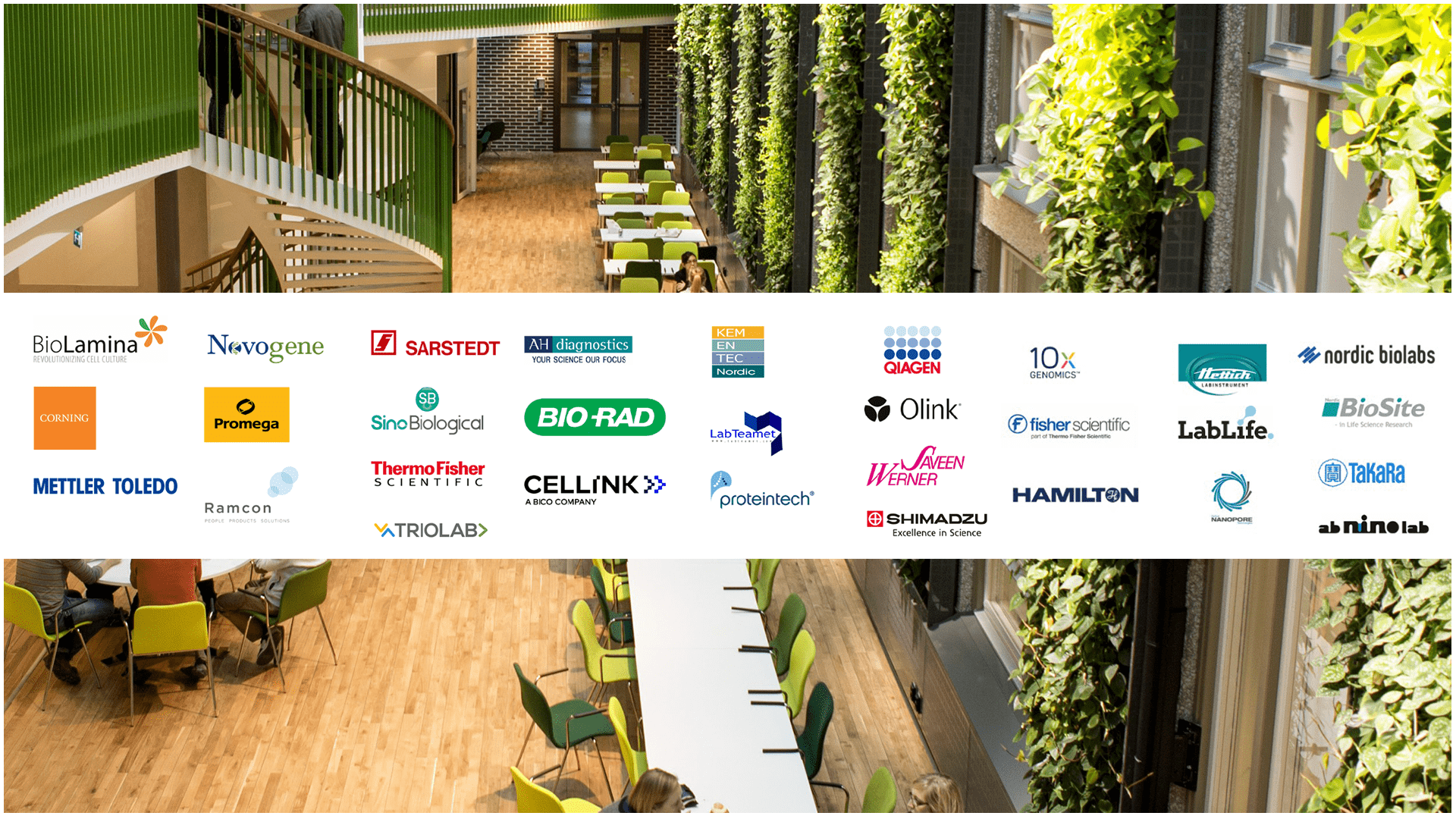Dissecting peripheral protein-membrane interfaces
September 25 @ 10:00 – 11:00 CEST
Speaker: Nathalie Reuter, Department of Chemistry and Computational Biology Unit, University of Bergen
Host: Arne Elofsson
Abstract
Peripheral membrane proteins (PMPs) are soluble proteins that bind transiently to the surface of cell membranes. Peripheral membrane proteins include a wide variety of proteins including membrane-targeting domains such as C1, C2, FYVE, PH, PX, ENTH and GLA, enzymes involved in lipid metabolism such as phospholipases, membrane remodeling. machines such as BAR domains or ESCRTIII, and lipid-transfer proteins to name a few. Having the ability to exist in both a soluble and a membrane-bound form their membrane-binding region is constrained to retain a fine balance of polar and hydrophobic character, which makes it difficult to distinguish it from the rest of their surface. As a result peripheral membrane-binding sites are notoriously difficult to predict.
We collected and curated a dataset containing 2500 structures and compared their membrane-binding sites to the rest of their solvent-accessible surfaces, in order to reveal features of PMPs’membrane-binding sites. We find that, among positively charged amino acids, lysines are significantly more present than arginines. Protruding hydrophobes are a landmark of the interfacial binding sites of ca. 2/3 of peripheral membrane binding proteins, indicating that a majority of PMPs takes advantage of the hydrophobic effect while a non-negligeable minority (1/3) most likely relies on electrostatics interactions or other mechanisms. The IBS of peripheral membrane proteins contain significantly more glycines than the rest of their surface. Furthermore the analysis of 9 superfamilies revealed amino acid distribution patterns in agreement with their known functions and membrane-binding mechanisms.
These findings and the collected dataset will be useful for the development of prediction models for membrane-binding sites of PMPs.


